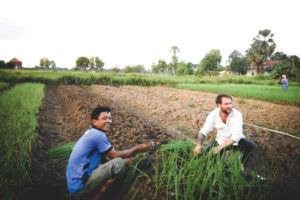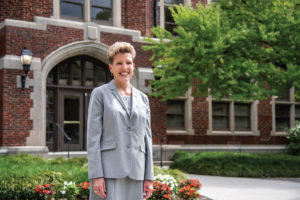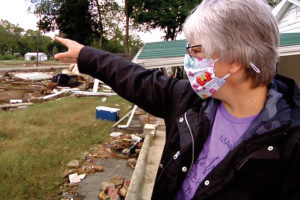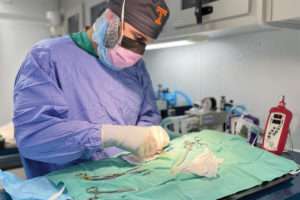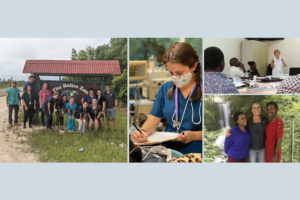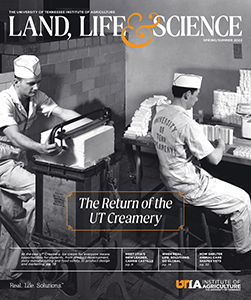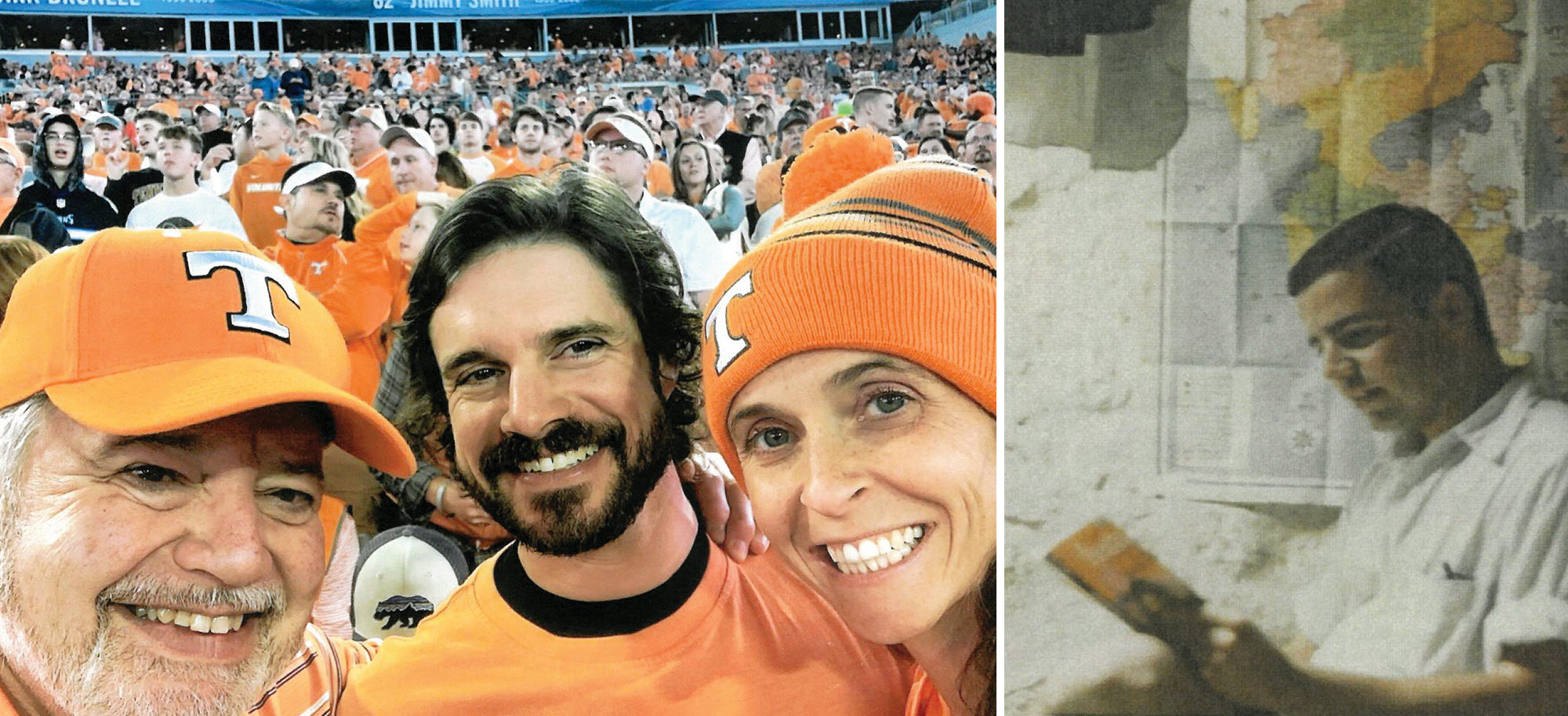
How does a New York state native end up with a Maine license plate that reads “GO VOLS?” For Thomas H. Lederer (MS agricultural economics ‘72, PhD agricultural economics ‘76) the answer is found by way of the Bangalore region of India.
Lederer did not attend UT for his undergraduate agronomy degree, nor was Tennessee on his radar—at least not until after serving as volunteer in the Peace Corps in India.
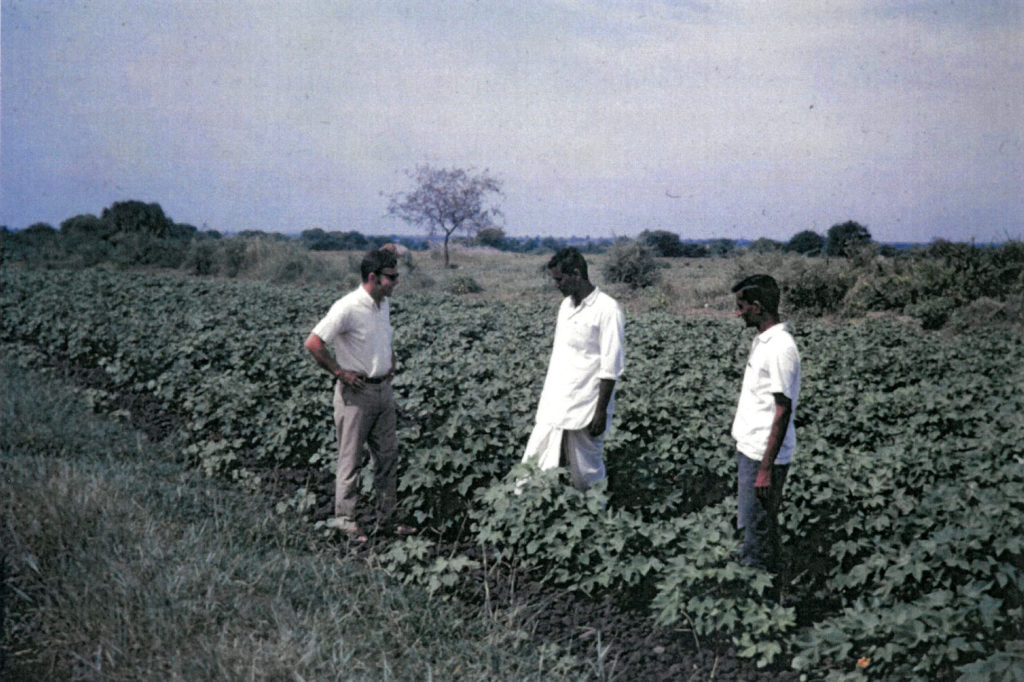
“My adventure began in early summer 1968,” he writes in a memoir of the experience. “Having just graduated from college, I received the blessing of a temporary draft deferment, and so my dream of going around the world was now a real possibility.”
While Lederer joined twenty-seven other Peace Corps volunteers to study irrigation techniques and the language, professors at the University of Tennessee had joined a multi-university program coordinated by the US Agency for International Development (USAID) to promote
agriculture research and education in India during the late 1960s and early 1970s. It also coincided with the Green Revolution. Innovations championed by Norman Borlaug led the way to new high yielding, fairly disease resistant, and adaptable crops which the universities, USAID, and the Peace Corps began to implement in developing nations.
Lederer had joined the India 68 Village Level Food Production group of Peace Corps volunteers and was assigned to a small village accessible only by way of a dirt path crossing over what became a creek during the rainy season. With no electricity or running water, he documented the experience in a personal memoir, which also outlined the moment his path intertwined with the University of Tennessee.
“Looking back, I realized that my India 68 Village Level Food Production group was at the cutting edge in some small but important way of extending the Green Revolution technology at the farm level,” he writes. “We were about to add proper agronomic practices, irrigation water management, and mechanization to the essential of fertilizer availability, farm credit, and fair market prices mentioned by Borlaug.”
These were also important to professors in the-then Department of Agricultural Sciences at the University of Tennessee. Merton Badenhop was touring the Bellary District as part of his research and crossed paths with Lederer. Badenhop would go on to not only visit the small village site of Lederer’s volunteer work, but he would also go on to be Lederer’s major professor for two degrees at UT.
And by the time Lederer arrived in Knoxville in January 1971, he realized he wasn’t the only one. Several other Peace Corps volunteers had enrolled in the same master’s and PhD agricultural economics programs thanks to the department’s recruitment efforts led by professor David Brown. Lederer remembers receiving a three-page personal letter from Brown after he sent in his application from India.
“It was a great opportunity,” Lederer says of his UT experience. “I started bleeding orange. I’m a Volunteer to this day. I live up in Maine, and my license says ‘GO VOLS.’”
After his Peace Corps and UT education, Lederer served thirty-one years in various policy and administrative positions at the US Department of Agriculture and the Agency for International Development. He served on staffs in both the US House of Representatives and US Senate.
“I became committed during my journey to a career of economic development and public policy,” he writes of his experience in India. However, Lederer cites his continued education at UT for equipping him with the skills necessary for his lengthy career in agricultural policy.
Explore More on
Great Grads
MORE FROM THIS ISSUE


